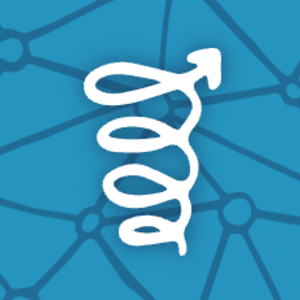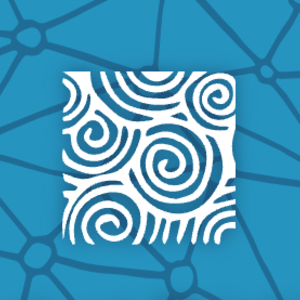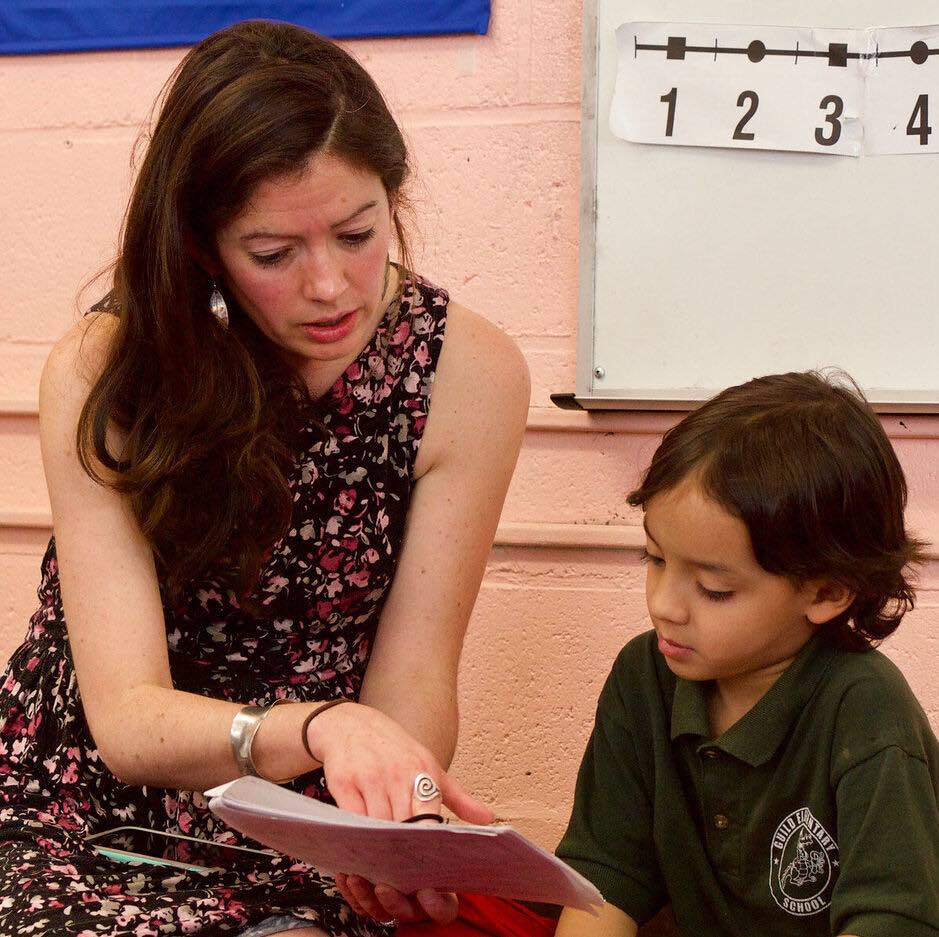Watch Dr. Reinke clarify misconceptions related to multiplication of fractions.
Beginning teachers aren’t going to be experts in every North Carolina math standard. But if they understand the big ideas that spiral throughout the standards, and use rigorous tasks to explore them, then they will be better able to unpack the content when they are hired to teach fifth-grade, or any grade.
Mathematical concepts connect to each other.
They can be represented in multiple ways.
They help us to explain why algorithms work.
These big ideas “would transfer to almost any mathematical concept that you can think of,” Reinke says. But if students experience low demand tasks, they never learn the concepts. And if future teachers are exposed only to low demand tasks, they are never able to access the big ideas.
Says Reinke: “If you choose a low quality task, you’re limiting the variety of student responses that you’re going to get. So you don’t have the chance to achieve a productive, interesting mathematical discussion because there are fewer perspectives that might be brought and students will have less to grapple with. You get a lot fewer disagreements or interesting conversations about those disagreements.”














